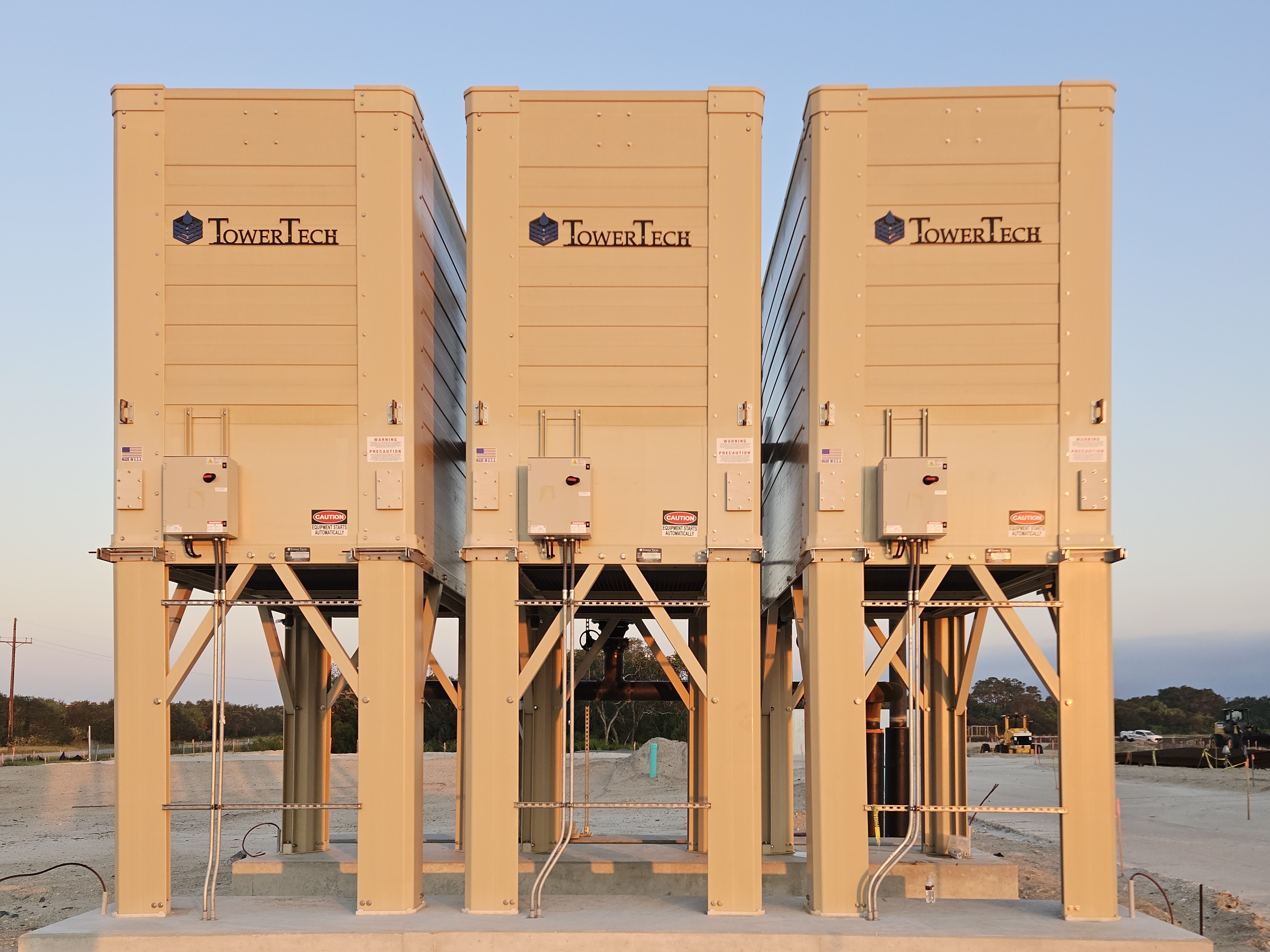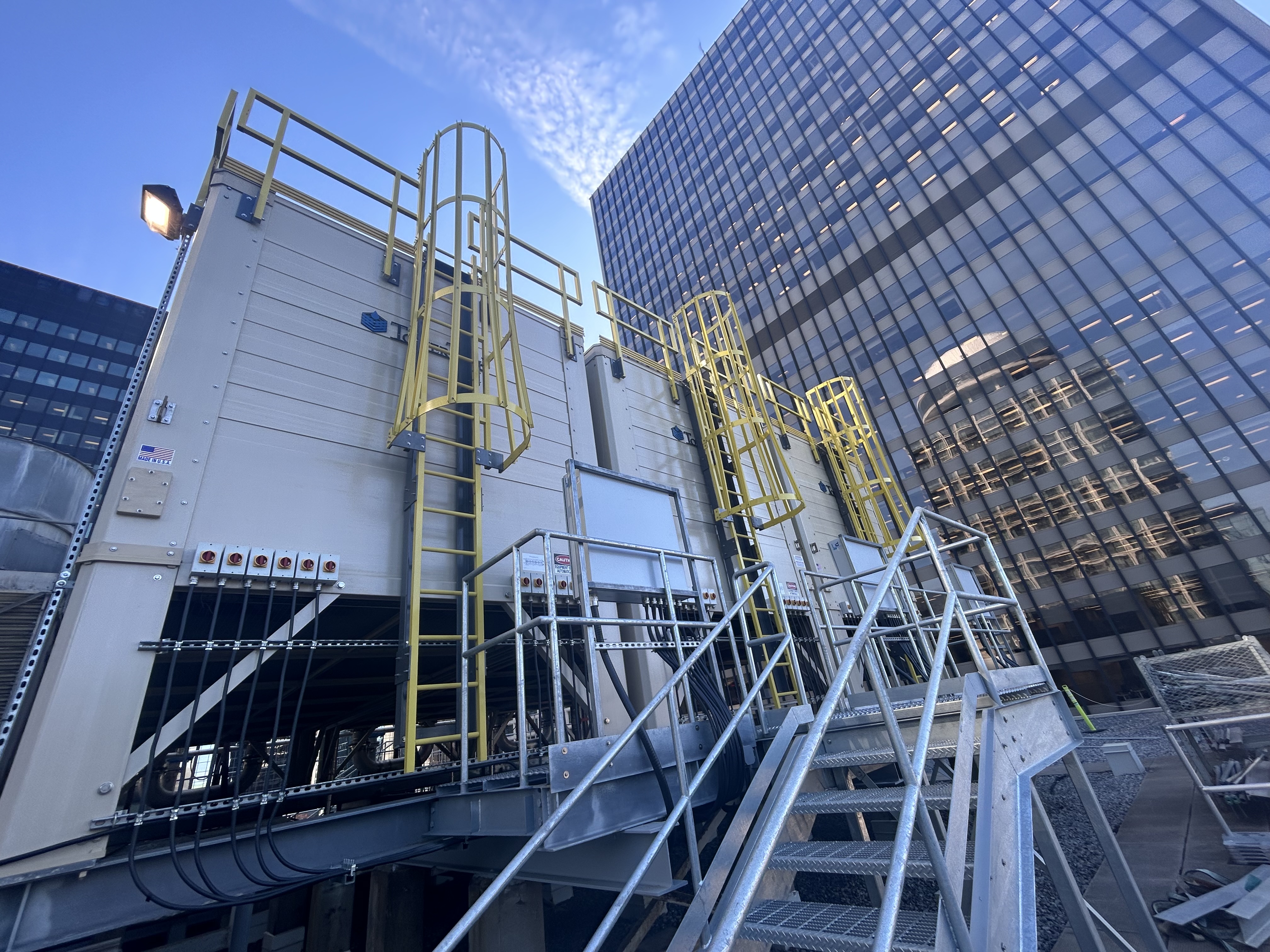There are both direct and indirect consequences of drift. The obvious consequence is lost money through lost water and chemicals, which can vary greatly depending on the manufacturer and the cooling tower style. The industry-standard cooling tower has a 0.005% drift rating, largely due to the top-mounted fan designs with velocity accelerator fan stack cylinders that blow air and drift out of the tops of towers at high rates. This drift can amount to 216 gallons of lost water a day, or 78,840 gallons each year from a 1,000-ton cooling tower with a typical heat load on a building. As water shortages increase, water prices are bound to go up. Lost water is lost money.
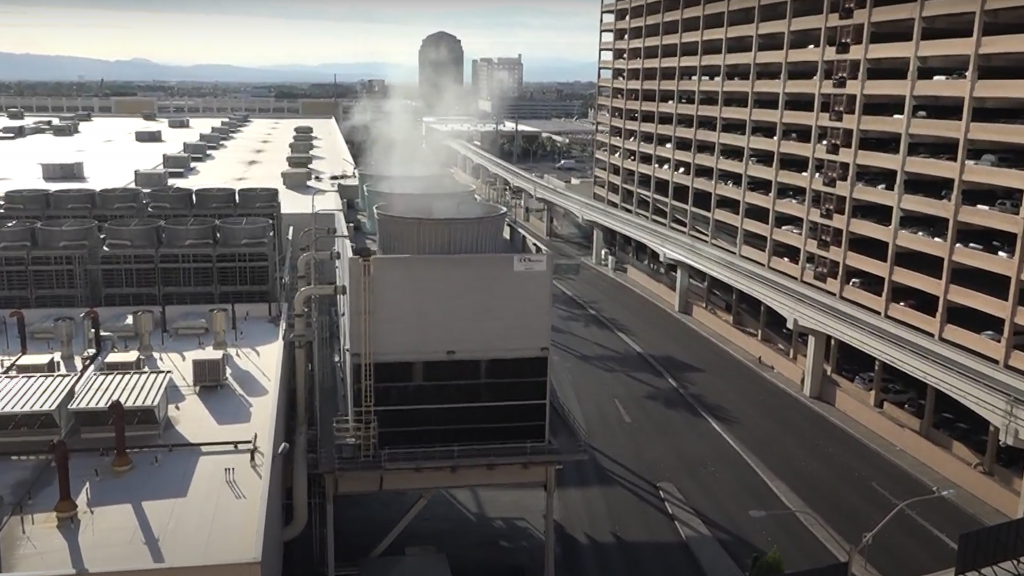
The relatively high drift rates and design of conventional cooling towers have indirect consequences. Traditional cooling towers provide ideal growth conditions for deadly Legionella bacteria because of their outdated sediment basin designs. These bacteria build up in the basins and inside the cooling tower and can escape the tower in drift and spread to surrounding areas, risking a Legionnaire’s disease outbreak in both animals and people. Drift also contains harsh chemicals, which are hazardous to plant life.
This dramatic consequence can be avoided with careful, regular maintenance on most cooling towers if companies have the staff to perform frequent cleanings. But other indirect consequences are harder, if not impossible, to avoid. These seemingly insignificant side-effects of drift can add up to significant losses.
Two Big Little Problems of Drift
Corrosion is perhaps the costliest of these small but compounding problems caused by cooling tower drift.
Water damages most metals after a certain exposure time. Add chemicals, and damage can quickly increase. It is very common to see rust forming on the legs of a conventional cooling tower and on metal structures like vibration springs and electrical components on the same roof.
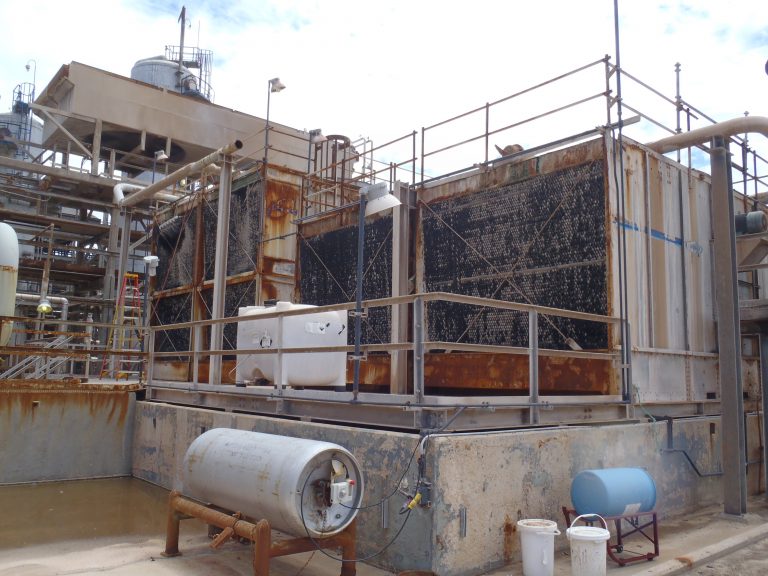
Over time, the damage will be visible and will require maintenance or replacement.
This water damage isn’t limited to the towers’ rooftop location; cars and other equipment in the building’s vicinity can suffer damage to their paint or parts. For larger facilities with a small army of cooling towers and an enormous commuter staff, like hospitals, this can mean hundreds of cars damaged over time, along with surrounding mechanical equipment and support structures.
Grime is another indirect source of losses from drift. Not even a daily window washer would be a match for the fine, unending drift mist that builds on windows.
Cleaning costs and occupant dissatisfaction can present a modest business expense.
While neither corrosion nor grime is as dramatic a threat as a Legionnaire’s outbreak, each is more persistent and inevitable. By reducing drift, businesses can reduce drift’s side effects.
Better Drift Eliminators, Better Performance
What causes cooling tower drift? The cooling tower’s design is the key. Tower Tech cooling towers have an industry-best drift rate of 0.0004%. This lower drift rate results in daily water and chemical loss of only 17.28 gallons, or 6,307 gallons annually – 12.5 times less than conventional tower designs.
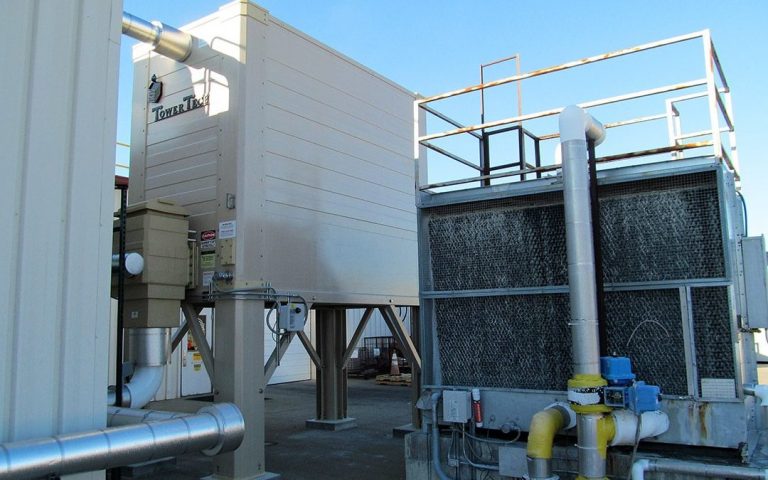
Tower Tech towers drastically lower drift rates with three design elements: fans, nozzles and basin design.
- Tower Tech fans are located on the bottom of the tower, instead of on the top. The velocity of air exiting the top of a Tower Tech tower is a third to a half of the velocity of a conventional cooling tower. By the time the drift-filled air gets to the top of the tower, it is not regathered into a “fan stack” cylinder (also called a velocity accelerator). It is also dispersed over the entire square footage area of the tower, which allows more room for air to escape the tower. A fan stack-type tower shoots the air – and drift – out of the tower at high velocity, resulting in much higher drift rates.
- Tower Tech’s rotating, variable-flow nozzles operate only two inches above the fill media, compared to the conventional eight to 24 inches away from the spray surface. The spray’s vertical free fall yields less “bouncing action” and, thus, far fewer water droplets flying back up into the air to get caught up in the exiting air as drift.
- The basin design of a conventional tower relies on open louvers. These not only allow grit and dust to enter the tower and allow sunshine in, which can foster Legionella bacterial growth, but they also contribute to “windage,” the water that blows out of the louvers on windy days. Tower Tech towers instead have a fully enclosed Flow-Thru Basin™, which keeps Legionella at bay, reduces the debris that can enter the tower and avoids windage by having no louvers in the design.
Cooling towers are never optional. The amount of drift you’ll accept – and the number of losses you’ll take on – are a choice. Contact us today to discuss how Tower Tech towers have the best ROI in the industry while also minimizing drift rates. Truly a sustainably efficient cooling tower.
